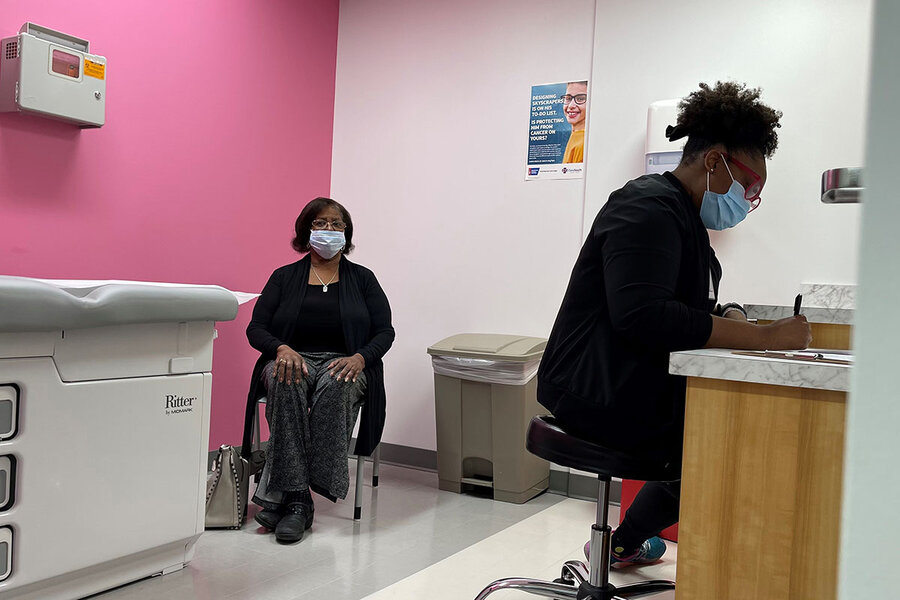Confused by pandemic data? Here’s some help reading it.
Loading...
With the rollout of vaccines, we have entered a more hopeful phase in the fight against COVID-19. But how does one make sense of the labyrinth of 14-day averages, hospitalization rates, positivity percentages, and caseloads?
Step one is picking a reliable data source and following it throughout the pandemic.
“You need to know that [the data is] going to consistently give you the same kinds of information throughout the pandemic so that you make the right decisions when you need to,” says Lauren Ancel Meyers, professor of integrative biology at the University of Texas at Austin.
Why We Wrote This
There’s no shortage of data on the pandemic, so it’s difficult to know what to look at to understand how populations are faring. For the best picture, it pays to watch a few key indicators.
Though their numbers often vary slightly due to marginally different methodologies, The New York Times, Johns Hopkins University, and other data sources report consistent findings.
But even with a trusted data source, individual indicators of the pandemic’s severity can be difficult to parse. Case data, for example, always involves some amount of selection bias since the number of positive cases depends on the number of tests administered.
For that reason, people should approach the data as a “larger ecosystem,” says John Quackenbush, chair of biostatistics at the Harvard T.H. Chan School of Public Health.
Within that ecosystem, the fatality rate illustrates the severity of an outbreak. But since there’s usually a weekslong lag between infection and fatality, it’s also one of the least useful indicators in real time.
Hence the need for case counts and hospitalization rates, which speak more to the present. Although the number of cases in an area says little about how many people are experiencing symptoms, the trend in those cases shows whether the coronavirus is becoming more or less abundant.
In turn, hospitalization rates indicate the toll that virus is taking on the community. As a subset of that data, the number of intensive care admissions underscores the strain that an outbreak is placing on medical capacity.
Taken together each data set fills in gaps left by another, providing a fuller picture of how well a public health system is managing the outbreak. Watching multiple statistics at once allows a more holistic risk assessment.








